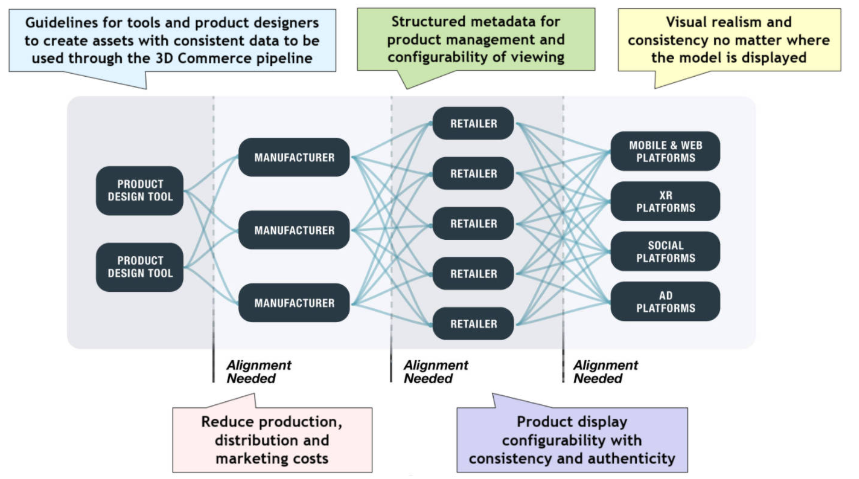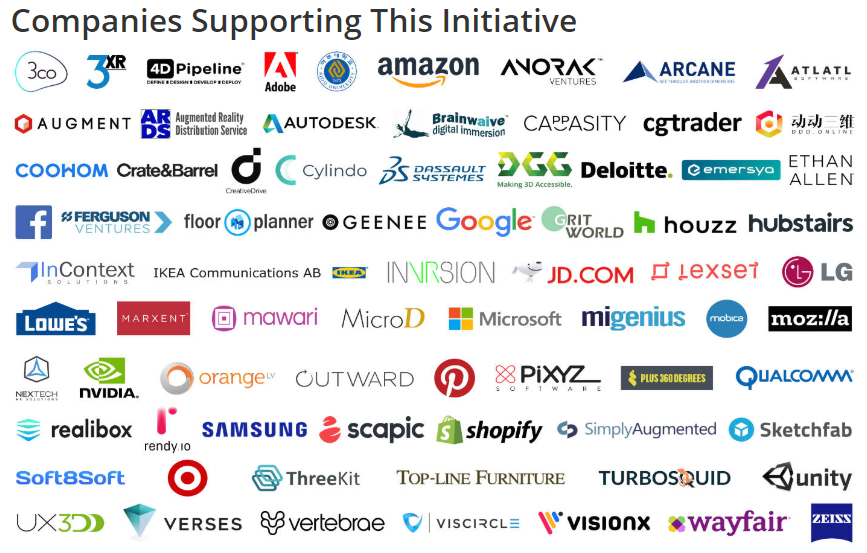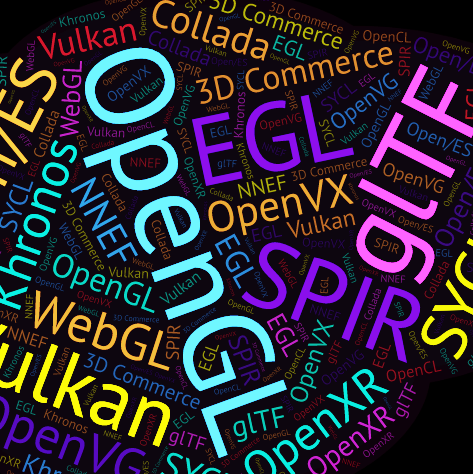We’ve talked a lot about Open Source in conjunction with Siggraph, but Khronos owns a sizeable chunk of Siggraph mindshare with its multitude of open standards.
We had an interesting talk with Neil Trevett of Khronos, who patiently explained to us once again what the difference is between Open Standards and Open Source. Khronos, as you know, manufactures Open Standards by the handful. They have perfected an efficient way of developing APIs for their members and they can turn around useful tools relatively fast.
As Trevett explains, Khronos’ standards are open because anyone can use them; they’re free, but they’re not like open source content that anyone can take and develop. Their process is slower than open source development in which software is created to meet a specific need and then opened up to the community for improvement and adaptation. But the usefulness of open source tools can be limited if different versions proliferate and maybe even problematic code added to the core. Open standards, like Khronos (or the Open Design Alliance), are maintained by the member companies. Changes have to go through a process and take a while, but the resulting work is tested and certified. As we talk about elsewhere in our Siggraph coverage, the ASWF (Academy Software Foundation) was founded to maintain a selected set of open source code for content creation. Those technologies are available as open source resources, meaning they are free to everyone, including source code and can be updated and changed. The ASWF was founded to maintain the code and handle changes through a controlled process. The enthusiastic embrace of open source code has its dark side and that’s the difficulty of protecting the integrity of the code. We expect to see more work being done to provide clearing houses or quality assurance for essential code.

As Khronos responds to their members’ requirements, the standards are coming together to improve their usefulness. For instance, glTF is being widely accepted as a 3D format for content on the web. (It’s about time, right?). Open XR is a cross-platform approach for handling VR and AR content and has gotten significant attraction with its acceptance by Microsoft for Hololens.
There’s room for everyone and at Siggraph this year, Khronos announced its plans to open up a new front for 3D Commerce. This has come with the broad acceptance of glTF and Open XR. In fact, says Neil Trevett, he’s been gratified to find large companies, who are attempting to expand their services into the cloud, are beating a path to Khronos for a consistent approach for putting 3D content on the web. They have common problems not the least of which is huge catalogs of products that need to go online. The content they have, and some that might already have been used, is often in different format and was captured in different ways; they might be models, they might be scans.

At their meeting in Los Angeles, technology companies, retailers, cloud infrastructure companies, and other struggling with huge databases of visual content for the web came together to hash out their needs for a 3D web content platform. Over 70 companies were represented.
The 3D Commerce group has identified several Khronos technologies that will be considered:
- glTF for transmission of photorealistic 3D assets
- WebGL for interactive 3D applications on the Web
- Vulkan for high-performance, interactive 3D graphics for applications such as augmented reality (AR) and virtual reality (VR)
- OpenXR for enabling AR and VR applications that are portable across multiple vendor platforms
- OpenVX for portable, power-efficient vision processing, and inferencing used in AR and scanning applications
As work on these APIs continues within Khronos, their role for 3D Commerce will be part of ongoing development.

It’s always fascinating to see Khronos at work, it’s sausage making, but it’s polite and constructive sausage making. The groups represented at the Siggraph gathering were most concerned with that content be displayed consistently across browsers, platforms, etc. This is an obvious requirement considering the same products might be displayed by multiple vendors but also vendors would like to distribute content for a variety of uses including AR and VR. Just for an example, wouldn’t it be nice if all those cool apps for visualizing a couch in your living room worked with any couch, could scale to real size, and were in the same format as your curtains?
You’ll be happy to know that everyone who’s anyone was at that meeting and actively involved.






